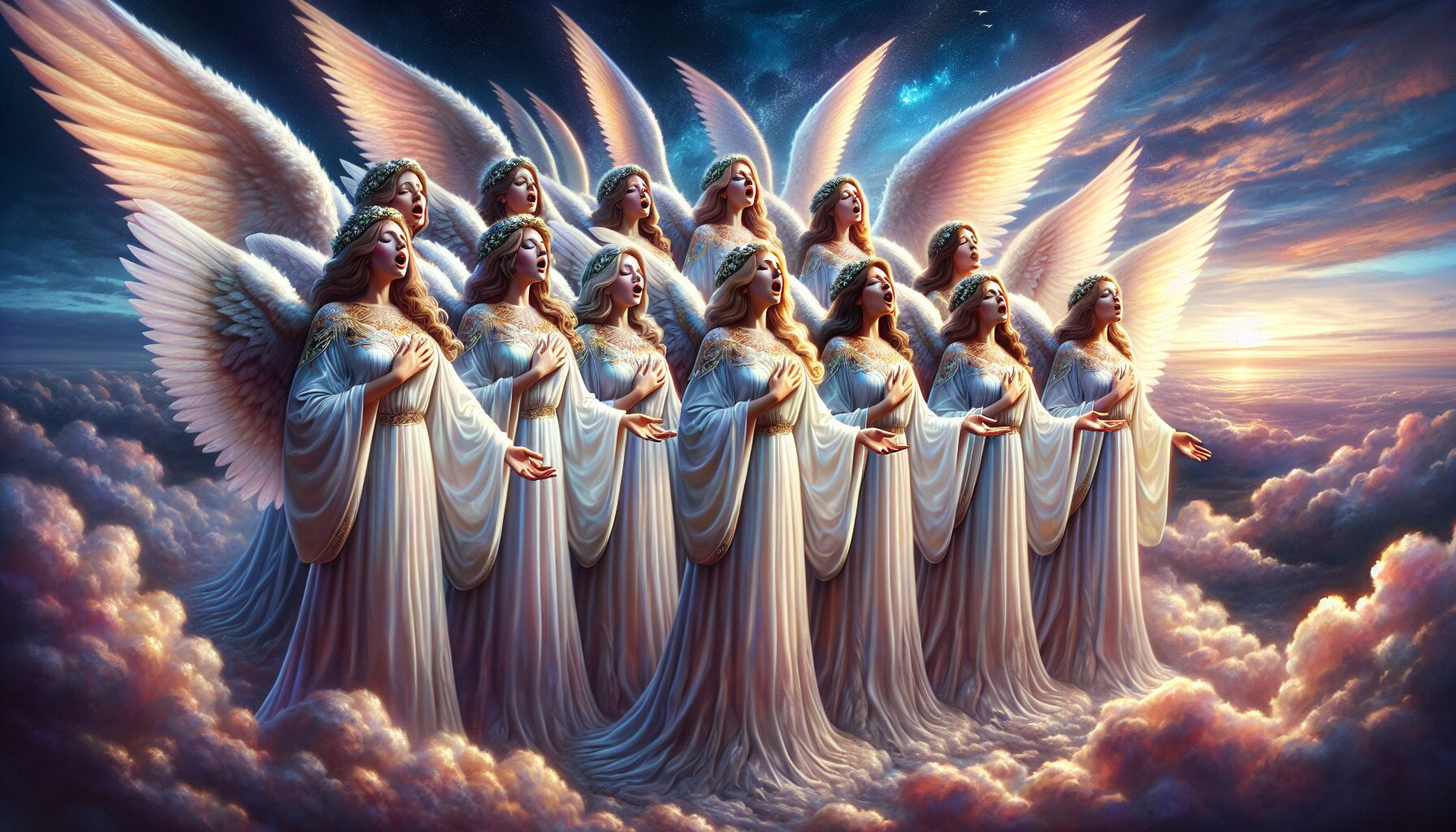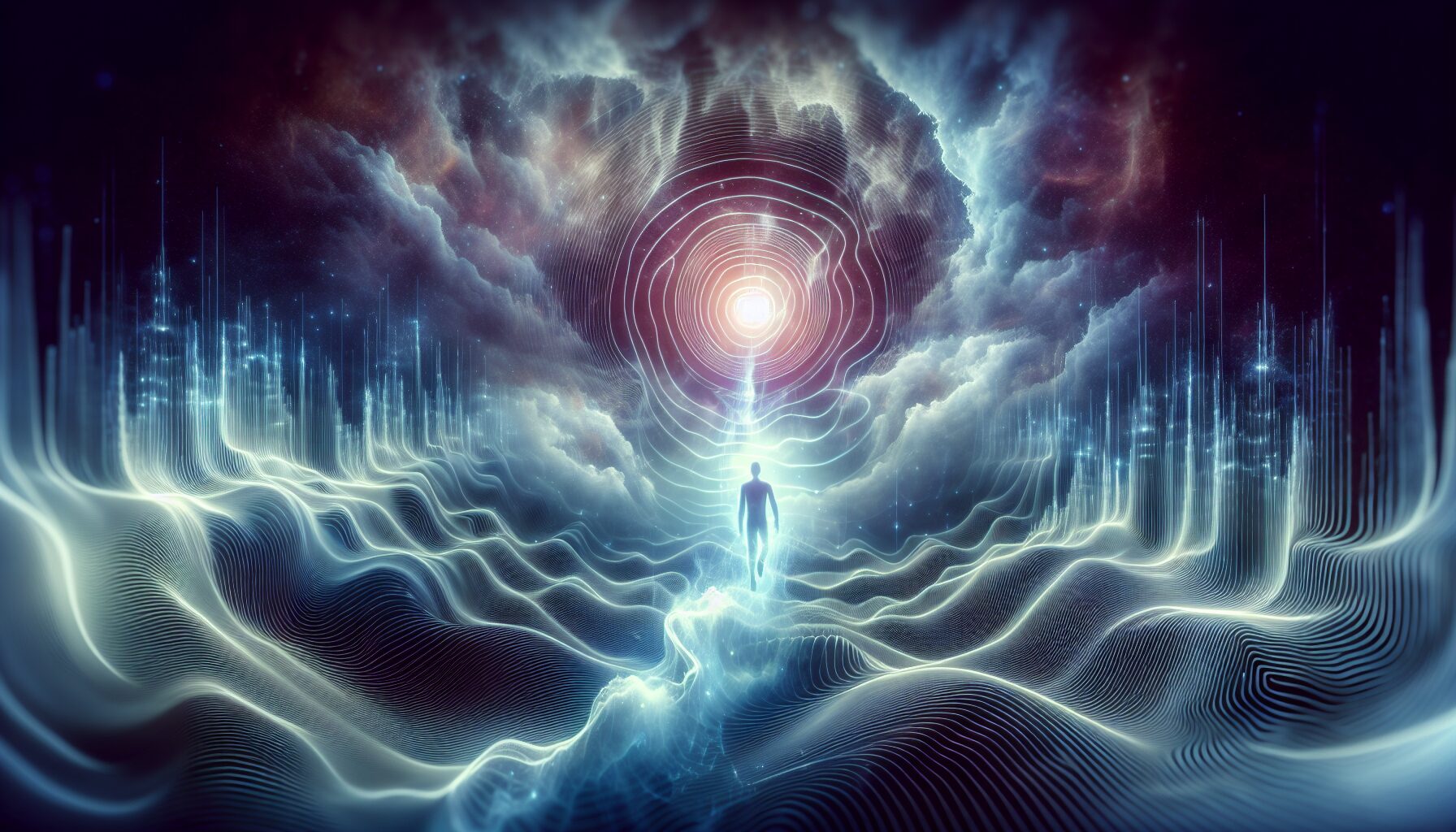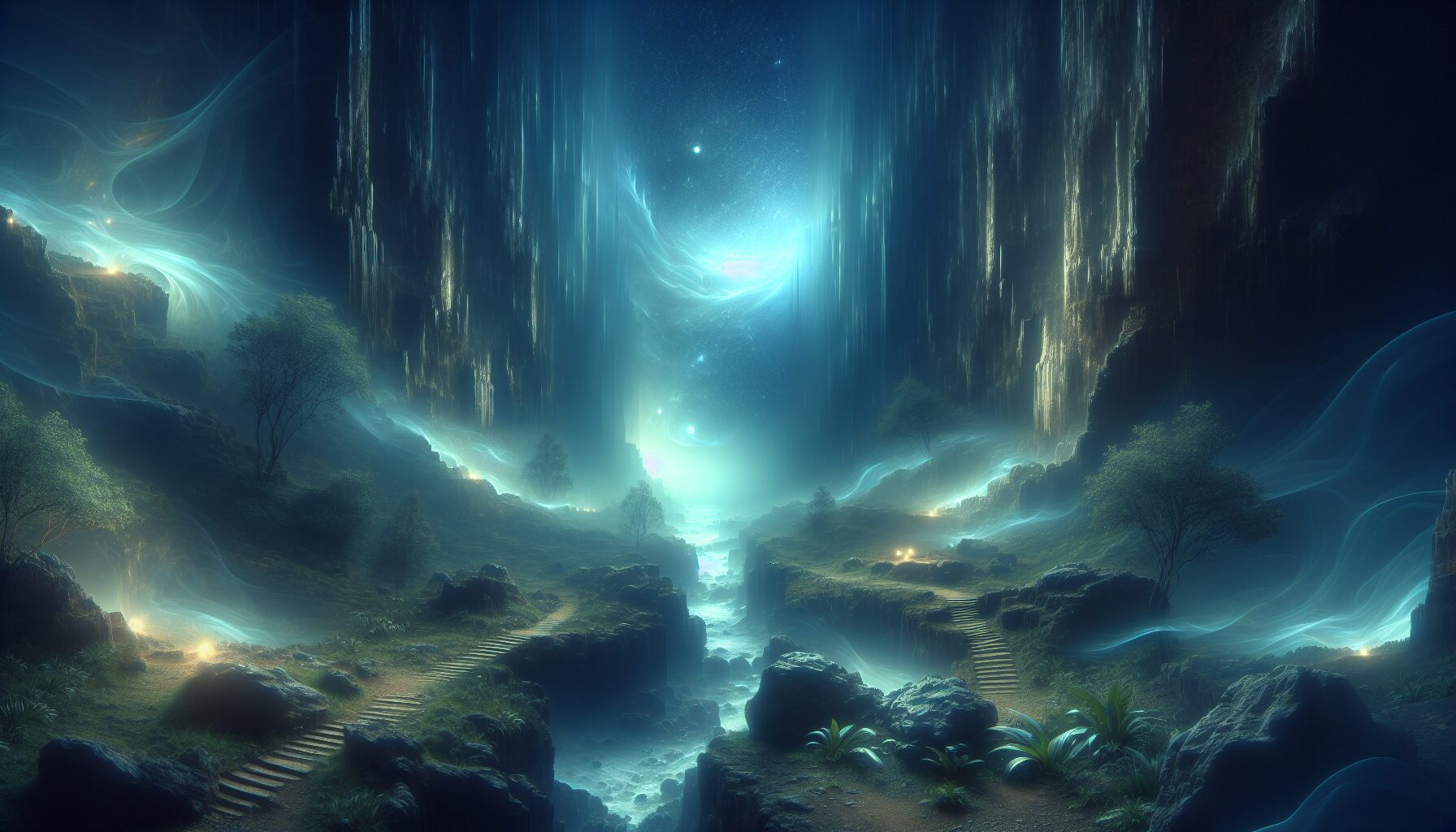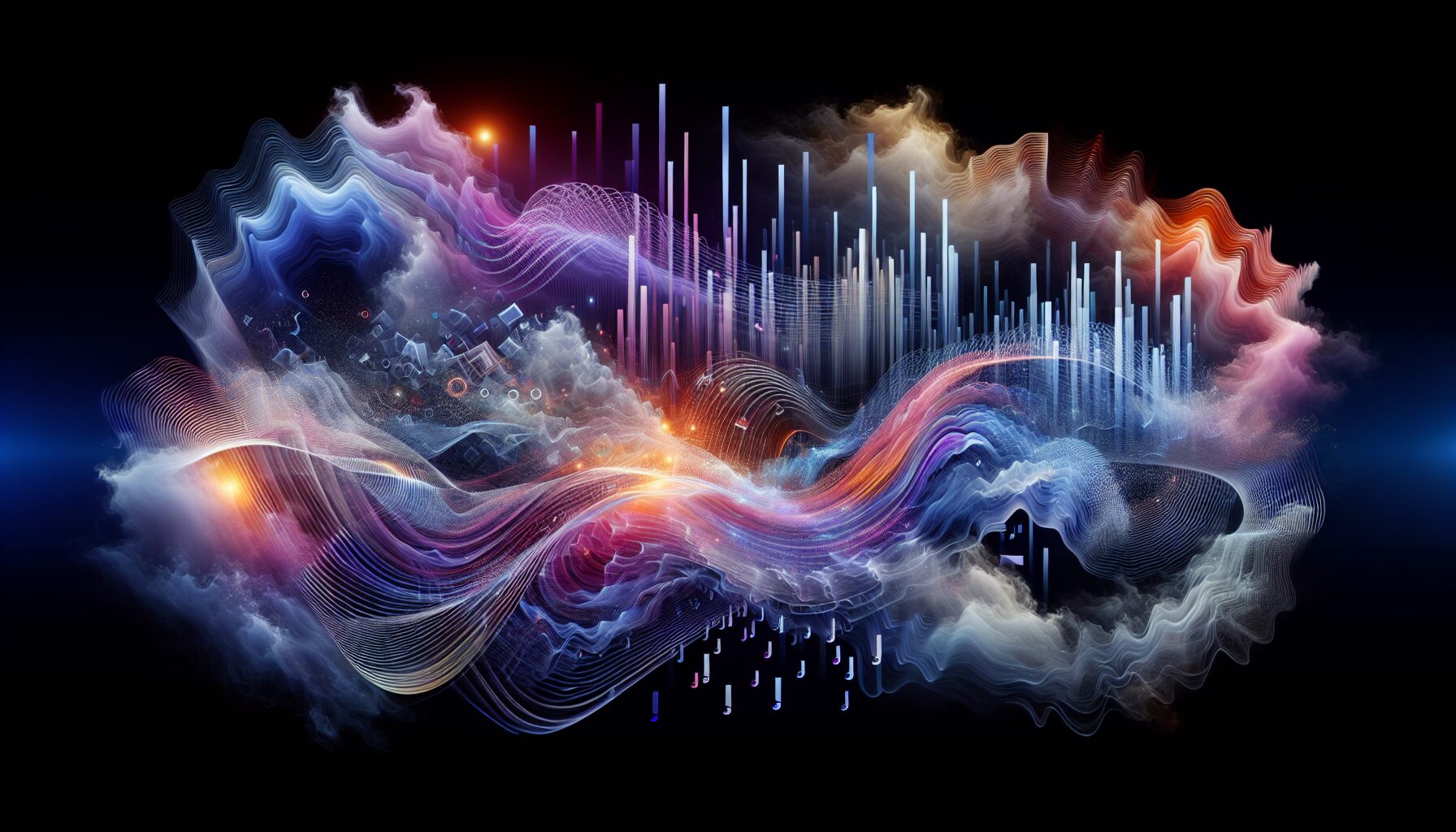Throughout the ages, the concept of angels and celestial beings has fascinated humanity. From religious texts to art and music, the angels have been portrayed as messengers of the divine, intermediaries between the heavens and the earth. But beyond religious symbolism, there lies a mystical and musical dimension to these ethereal beings – the concept of the Choir of Angels and their harmonic resonance. This article explores the mysticism surrounding angels, the symbolic meanings of angelic choirs, and their connection to harmonic resonance.
The Mystical Angle of Angels
In numerous spiritual traditions, angels are seen as beings of light and sound. They are considered to be the embodiment of divine messages and harmonies. The mysticism associated with angels often transcends a purely religious interpretation, offering insights into the complexities of the universe.
- Christian Tradition: In Christianity, angels are seen as messengers of God. They deliver divine revelations, guide human souls, and participate in the eternal worship of God. The Christian tradition identifies nine choirs of angels, each with distinct roles and hierarchies.
- Islamic Beliefs: In Islam, angels are considered to be made of light, acting as faithful servants of Allah. They are numerous and have specific duties, including recording deeds and administering the universe’s order.
- Jewish Mysticism: Jewish traditions, particularly Kabbalah, depict angels as manifestations of God’s will and power, acting as carriers of divine light through the sefirot, or spiritual emanations.
- New Age and Modern Interpretations: In New Age movements and modern spiritual practices, angels take on diverse roles, often associated with personal guidance and inner peace.
The Celestial Choirs
The image of a celestial choir is not only majestic but laden with profound mystical symbolism. The concept of the Choir of Angels finds its roots in religious texts, particularly the writings of Pseudo-Dionysius the Areopagite, a Christian theologian of the late fifth to early sixth century. He described the nine hierarchies of angels, divided into three triads:
- The First Triad: This triad consists of Seraphim, Cherubim, and Thrones, closest to God and directly connected to divine love and wisdom.
- The Second Triad: Comprising Dominions, Virtues, and Powers, these angels govern creation and manage universal order.
- The Third Triad: This includes the Principalities, Archangels, and Angels, the guardians of nations and individual souls.
“The Angelic choir is the beauty of heavenly order,” says Thomas Aquinas in the Summa Theologica, encapsulating the idea that angels represent the harmony and order of the universe.
Harmonic Resonance Explained
In the context of angels, harmonic resonance refers to the idea that everything in the universe is interconnected through vibrations and frequencies. The universe is a vast symphony conducted by the divine, with angels partaking in this celestial music. Each hierarchy of angels resonates at specific frequencies, contributing to the overall harmony of the universe.
The principle of harmonic resonance illustrates how specific frequencies can amplify others, creating synergy and balance. In the context of angelic choirs, this means each choir’s unique “sound” or frequency contributes to the harmonious celestial symphony. This concept is deeply rooted in mysticism, where sound and vibration are seen as vehicles of spiritual transformation.
The Symbolism of Sound and Music
Sound and music have long been associated with divine experiences. In many spiritual practices, music is a means of connecting to the divine, achieving higher states of consciousness, and fostering healing. The symbolism of the Choir of Angels aligns with these meanings:
- Vibration of the Universe: According to some mystical traditions, the universe itself is a living entity vibrating with divine energy. Angels are thought to be the administrators of this vibrational energy, each note and sound contributing to cosmic order.
- Sacred Geometry and Music: Pythagorean philosophy and sacred geometry often relate harmonious sounds to mathematical perfection. Angels, as perceived musicians of the heavens, illustrate the divine symmetry and balance within the universe.
- Healing Frequencies: Sound healing practices, such as the use of Tibetan singing bowls or Gregorian chants, are believed to create vibrations that align individuals with higher frequencies, promoting healing and spiritual growth.
“Music is a moral law. It gives soul to the universe, wings to the mind, flight to the imagination, and charm and gaiety to life and to everything,” affirms the philosopher Plato, reinforcing the spiritual essence music brings to existence.
Modern Applications and Spiritual Practices
In contemporary spiritual practices, the connection between angels, sound, and healing has gained popularity. Many people engage in meditative activities and rituals aiming to tap into the so-called “angelic frequencies” to achieve a peaceful and balanced state of being. These practices often include:
- Meditation: Guided meditations focusing on angelic presence and harmonic resonance aim to elevate participants’ consciousness, inviting feelings of serenity and connectedness.
- Sound Therapy: Utilizing instruments like tuning forks or crystal bowls, practitioners believe they can channel angelic energies and stimulate healing frequencies within the body.
- Prayer and Chanting: Reciting angelic names or chants seeks to invoke the energies and support of the celestial choirs, offering comfort and divine guidance.
Conclusion
The fascination with the Choir of Angels and their harmonic resonance showcases humanity’s desire to connect with the divine and explore the mystical dimensions of existence. Whether through religious belief or modern spiritual practice, the imagery of angels as carriers of divine harmony offers profound insights into the interconnectedness and beauty of the cosmos. As we embrace the symphony of life, we might find inspiration in the ageless wisdom of the angelic choir, a harmonious reminder of the divine essence that resonates within and around us all.



